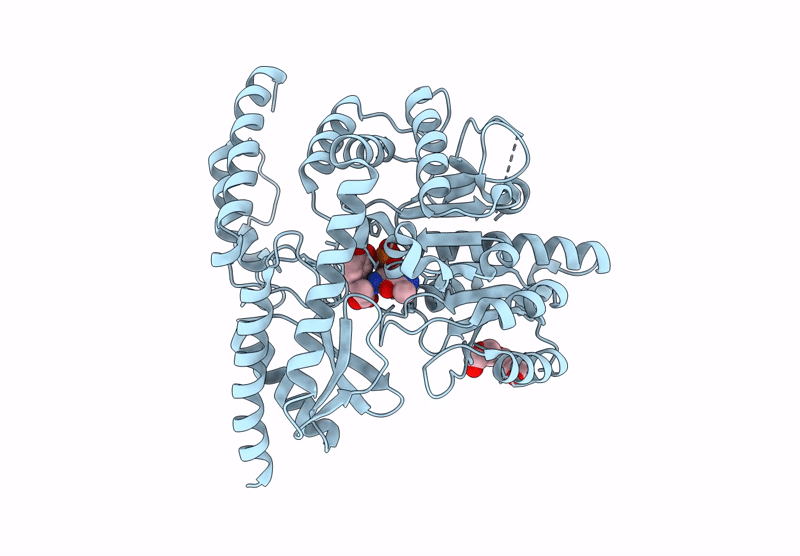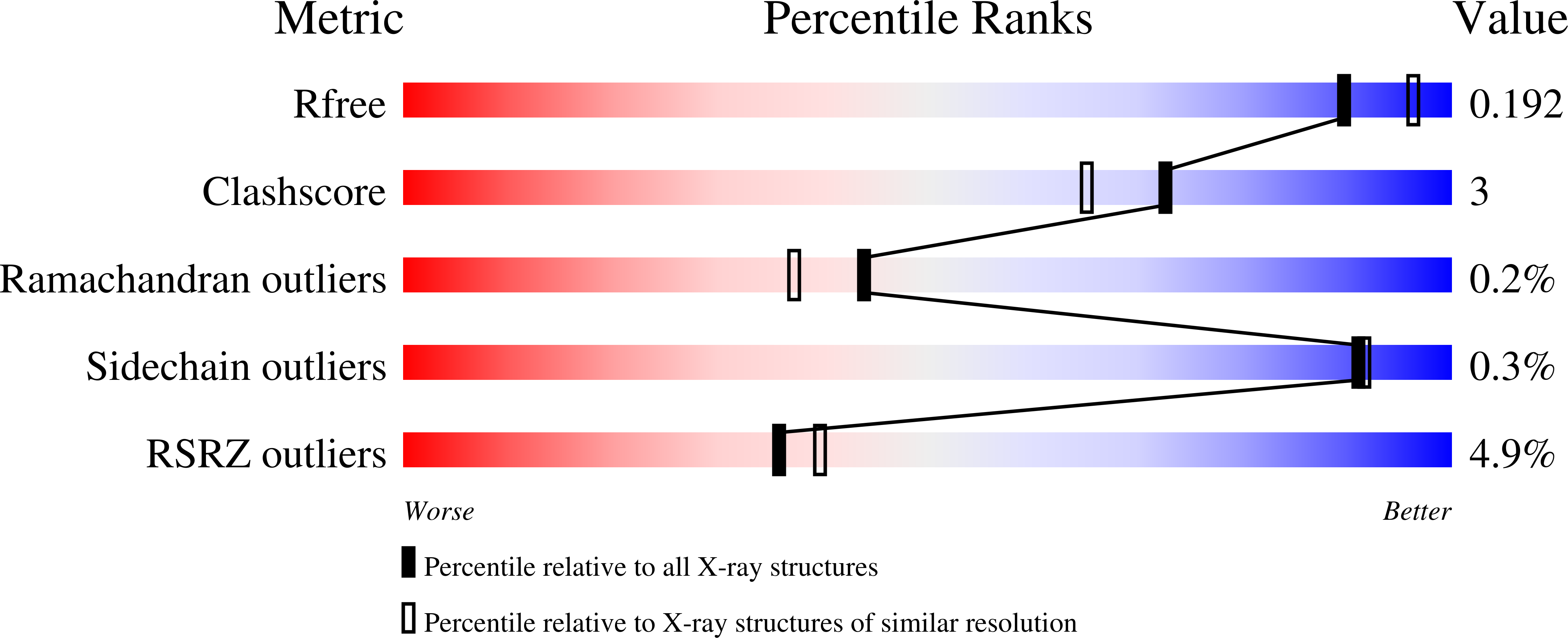
Deposition Date
2024-09-04
Release Date
2025-05-14
Last Version Date
2025-06-04
Entry Detail
PDB ID:
9GNS
Keywords:
Title:
X-ray structure of Human holo aromatic L-amino acid decarboxylase (AADC) complex with Carbidopa at physiological pH
Biological Source:
Source Organism:
Homo sapiens (Taxon ID: 9606)
Host Organism:
Method Details:
Experimental Method:
Resolution:
1.93 Å
R-Value Free:
0.19
R-Value Work:
0.17
R-Value Observed:
0.17
Space Group:
P 61 2 2


